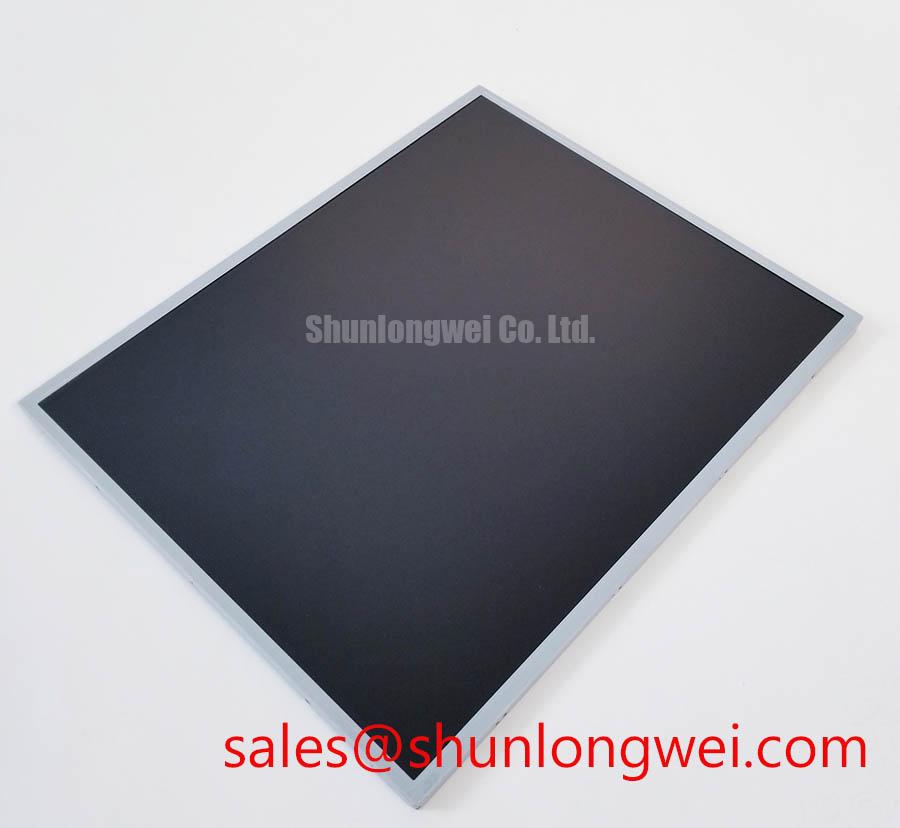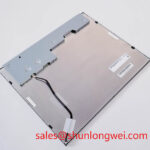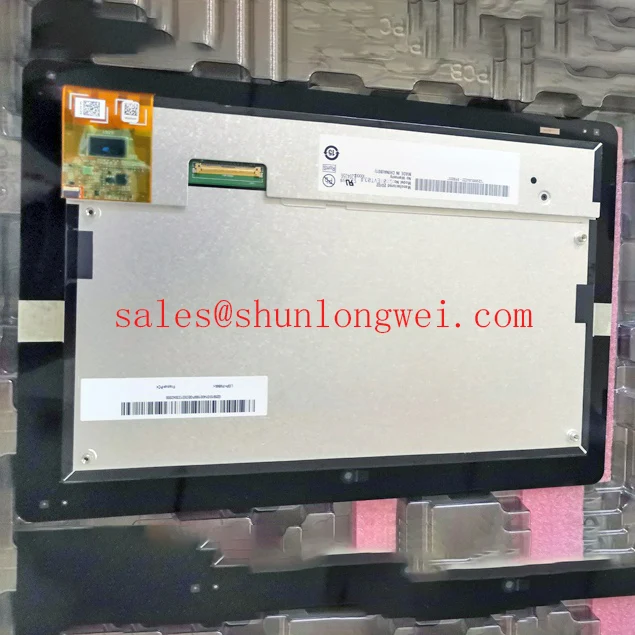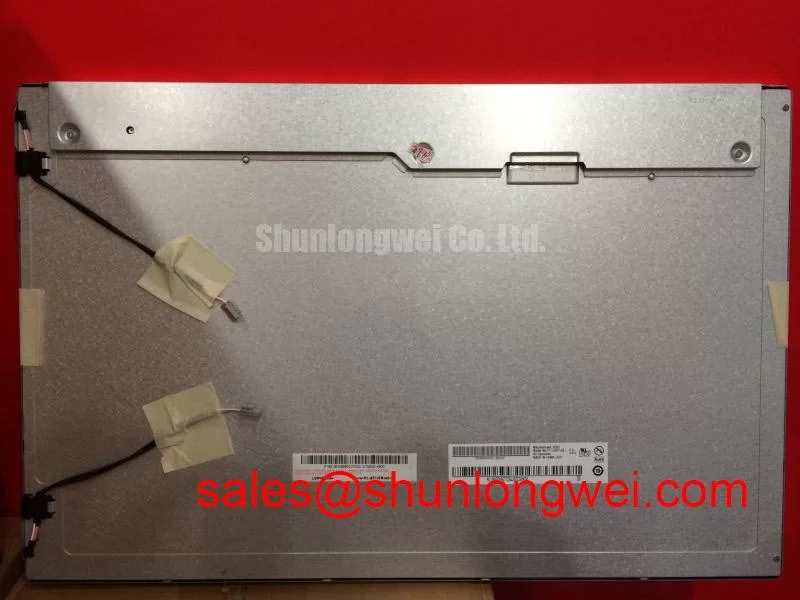Content last revised on November 19, 2025
Introduction to a Legacy of Industrial Reliability
The AUO G190EG01 V0 is a 19.0-inch TFT-LCD panel engineered for long-term performance in industrial applications where visual clarity and operational stability are paramount. It delivers a sharp 1280 x 1024 SXGA resolution, a high contrast ratio of 1000:1, and a robust 450 cd/m² brightness, ensuring excellent readability. Key benefits include its proven CCFL backlight technology with a 50,000-hour lifespan and wide viewing angles for flexible integration. This display addresses the critical need for a durable, high-performance visual interface in legacy and new system designs, offering a dependable solution for complex industrial human-machine interfaces (HMIs). For applications requiring higher resolution or a different form factor, the G215HAN01.0 offers a Full HD alternative.
Application Scenarios & Value
Delivering Consistent Performance in Control Systems and Instrumentation
The G190EG01 V0 is optimally suited for deployment in environments where consistent, long-term visual performance is a critical operational requirement. Its primary value is demonstrated in industrial control panels, process automation HMIs, and medical diagnostic equipment. In these settings, the primary engineering challenge is ensuring that the display remains clearly legible for operators over many years, often under continuous operation. The G190EG01 V0's 50,000-hour CCFL backlight rating directly addresses this challenge. Unlike some newer technologies that may have different degradation patterns, this established backlight technology provides a predictable and highly reliable illumination source, simplifying long-term maintenance planning and reducing the total cost of ownership. The panel's 85/85/80/80 viewing angles ensure that critical data can be accurately read from various positions, a crucial feature for control rooms and collaborative workspaces. This makes it a strong choice for systems where reliability and predictable performance are more critical than cutting-edge specifications. For systems that operate in extremely bright ambient light, the higher brightness of a model like the G150XTN06.8 might be a consideration for ensuring optimal readability.
Key Parameter Overview
Specifications Translated into Engineering Advantages
The technical specifications of the G190EG01 V0 are foundational to its reliable performance in industrial applications. The parameters below have been selected to highlight the display's core capabilities and their direct impact on system design and user experience.
| Specification | Value | Engineering Value & Interpretation |
|---|---|---|
| Screen Size | 19.0 inch | Provides a large, immersive viewing area suitable for complex data visualization and detailed graphical interfaces in industrial HMIs. |
| Resolution | 1280 (RGB) x 1024 (SXGA) | The 5:4 aspect ratio is a standard in many legacy industrial systems, ensuring seamless integration and software compatibility without scaling artifacts. |
| Brightness | 450 cd/m² (Typ.) | Offers strong luminance for clear readability in typical indoor industrial and control room lighting conditions. |
| Contrast Ratio | 1000:1 (Typ.) | Delivers deep blacks and bright whites, ensuring that text, numbers, and graphical elements are sharp and distinct, which is critical for reducing operator error. |
| Viewing Angle (L/R/U/D) | 85/85/80/80 (Typ.) | Wide viewing angles ensure image consistency and color fidelity from off-axis positions, crucial for multi-operator environments. |
| Backlight System | CCFL, 50,000 hours (Typ.) | Represents a proven, long-life technology. This is analogous to an industrial motor known for its decades of reliable service; it provides a predictable and dependable lifespan, minimizing unexpected failures and maintenance cycles. |
| Signal Interface | LVDS (2 ch, 8-bit) | A widely adopted, robust interface that ensures high-speed data transmission with low electromagnetic interference (EMI), simplifying system integration and certification. For more information on this interface standard, Texas Instruments provides extensive documentation on LVDS technology. |
Download the G190EG01 V0 datasheet for detailed specifications and performance curves.
Technical Deep Dive
Understanding the Impact of CCFL Backlight Longevity
While LED backlights have become common, the G190EG01 V0 utilizes a Cold Cathode Fluorescent Lamp (CCFL) system, a deliberate choice for applications prioritizing proven, long-term stability. The specified 50,000-hour lifetime is a critical metric for system designers. This figure translates to approximately 5.7 years of continuous 24/7 operation before the backlight reaches half its initial brightness. For an industrial machine or a piece of medical equipment with an expected service life of 10-15 years, this predictable performance curve is invaluable. It allows for scheduled, preventative maintenance rather than costly, unscheduled downtime due to premature display dimming. This level of reliability is a cornerstone of systems where operational availability is a key performance indicator. The manufacturer, AUO, has extensive experience in producing panels for such demanding sectors.
Frequently Asked Questions (FAQ)
What is the primary advantage of the G190EG01 V0's 5:4 aspect ratio?
The 5:4 SXGA resolution is a native format for a vast number of existing industrial software applications and HMI layouts. Using this display avoids the image distortion or black bars that can occur when adapting legacy software to widescreen (16:9) formats, ensuring seamless backward compatibility.
How does the 1000:1 contrast ratio benefit an industrial operator?
A high contrast ratio significantly improves the legibility of fine details, such as small text, circuit diagrams, or measurement readouts. This reduces eye strain and minimizes the risk of misinterpretation, a critical factor for safety and quality control in a factory or lab setting.
Is the CCFL backlight user-replaceable?
The datasheet specifies the CCFL system has a 50,000-hour lifetime but does not typically detail field replacement procedures for the lamps themselves. System design should generally treat the backlight and panel as a single unit with a defined operational life, consistent with industrial equipment maintenance strategies.
What type of controller is needed to drive the dual-channel LVDS interface?
A graphics controller or single-board computer with a standard LVDS output compatible with 2-channel, 8-bit data transmission is required. This is a very common interface in the industrial computing sector, ensuring broad compatibility with available hardware.
What does a 50,000-hour backlight lifetime mean in practical terms?
It signifies the time until the backlight's brightness is reduced to 50% of its initial value. For a typical industrial application running 12 hours a day, 7 days a week, this equates to over 11 years of reliable service, making it a fit-and-forget component for much of the equipment's lifespan.
An Engineer's Perspective on Application Fit
From an engineering standpoint, the G190EG01 V0 is not about chasing the latest technological trends; it is about providing a robust, predictable, and easily integrated solution. Its strength lies in its adherence to established industrial standards—from its 5:4 aspect ratio to its LVDS interface. This display is the ideal candidate for system upgrades or new designs where software compatibility, long-term reliability, and a stable supply chain are the highest priorities. It is a workhorse component designed for environments where operational uptime is measured in years, not months.
















